Alumina ceramics, also known as alumina ceramic materials or alumina ceramic products, are ceramics primarily composed of alumina. If you are wondering how to achieve precision processing of alumina ceramics, read on for insights. Methods for Precision Processing of Alumina Ceramics 1. Grinding: Utilize grinding tools such as grinding wheels and diamond wheels to perform the grinding process on alumina ceramics. This method is effective for surface finishing and shaping, ensuring the desired dimensions and shapes are attained. 2. Polishing: Employ mechanical or chemical techniques to polish the surface of alumina ceramics, enhancing its smoothness and optical properties. Polishing is commonly used when high surface quality and optical performance are required. 3. Laser Processing: Implement lasers for cutting, drilling, or engraving alumina ceramics. Laser processing offers non-contact advantages, high precision, and excellent flexibility, making it suitable for intricate shapes and delicate structures. 4. Electrical Discharge Machining (EDM): Utilize electrical discharge to create small discharge pits on the surface of alumina ceramics, enabling cutting and grooving. EDM boasts high precision and non-contact characteristics, making it suitable for processing high-hardness alumina ceramics. 5. High-Precision Cutting: Use equipment like drilling machines, wire cutting machines, or EDM wire cutting machines for cutting alumina ceramics. This method enables high-precision cutting and separation. Precautions for Precision Processing During the precision processing of alumina ceramics, it is crucial to consider its high hardness and susceptibility to cracking. Implement appropriate cooling and lubrication measures to prevent material rupture and damage. Additionally, choose suitable techniques and equipment based on specific processing requirements to ensure both quality and efficiency. In conclusion, achieving precision processing of alumina ceramics requires careful consideration of the chosen method, proper cooling and lubrication, and the right equipment. By adhering to these factors, the process will yield excellent results and meet your desired specifications. Whether you require intricate shapes or high-quality surface finishes, alumina ceramics can be precisely processed to fulfill your requirements.




 info@csceramic.com
info@csceramic.com
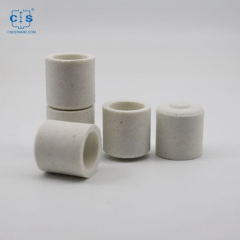
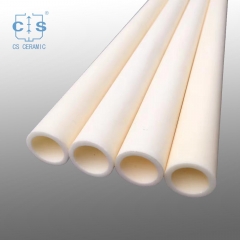
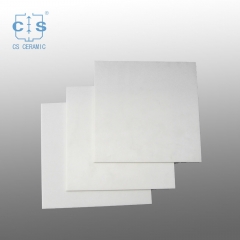
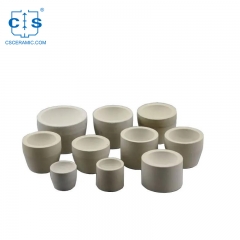
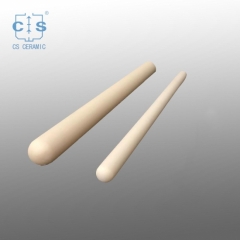
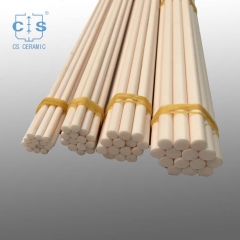
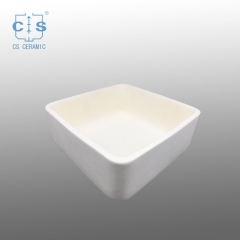
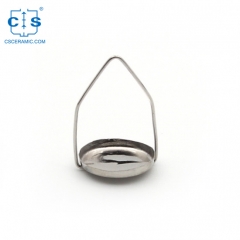
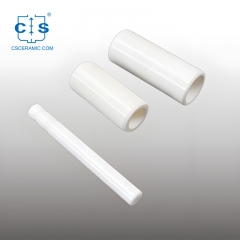
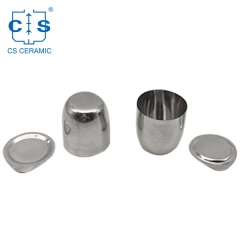
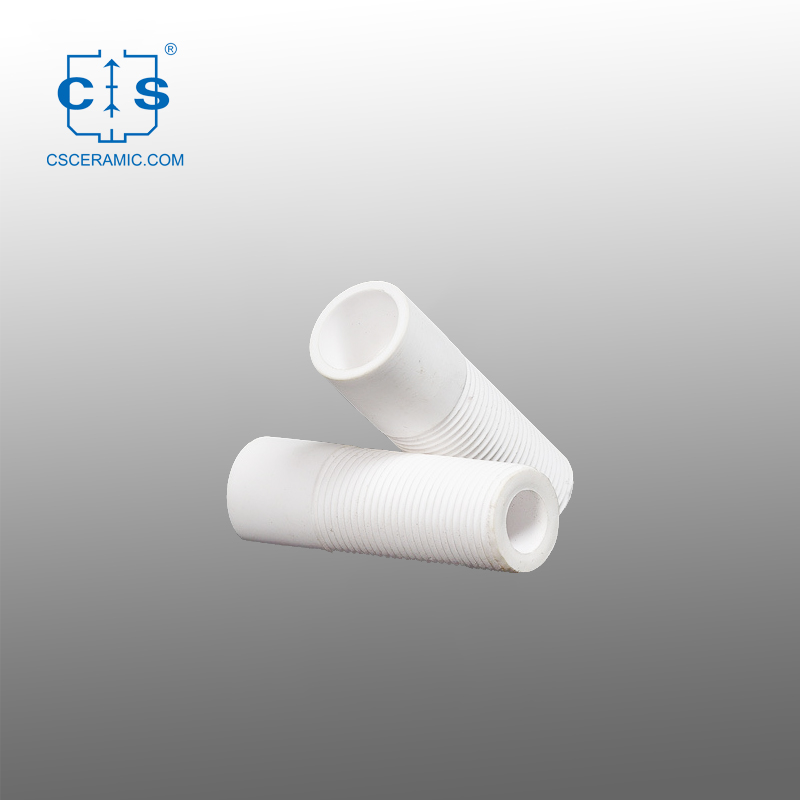
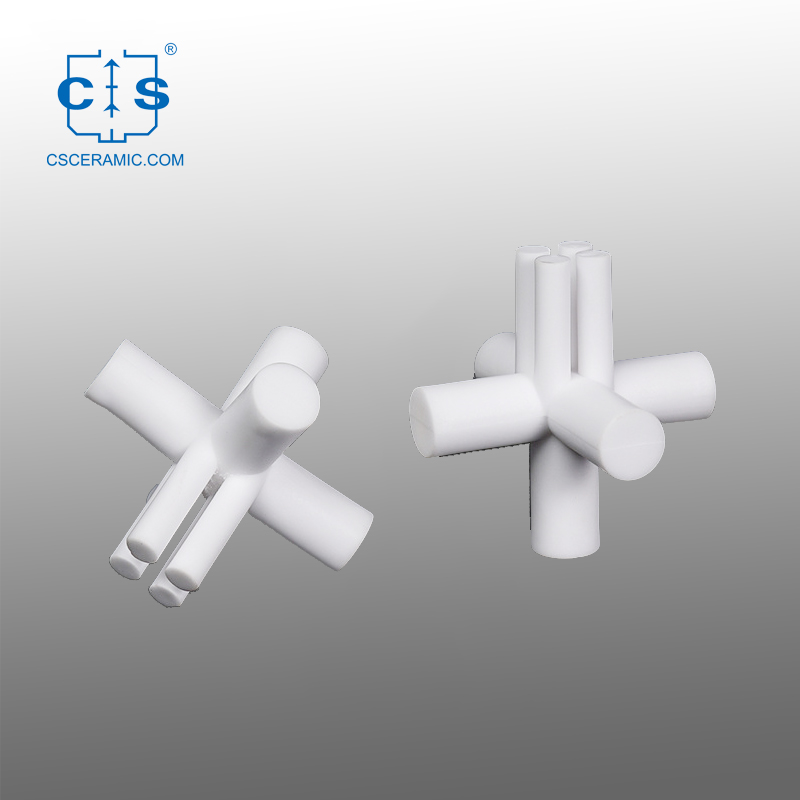

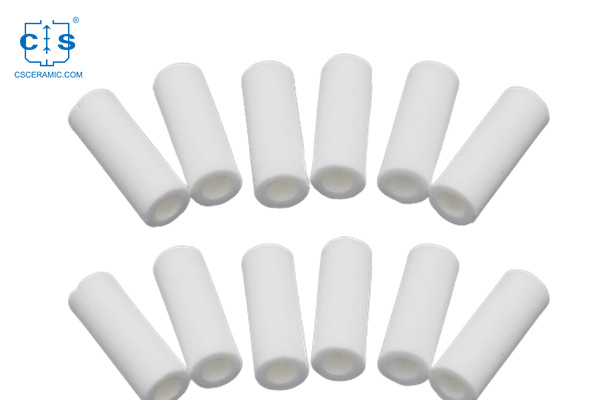

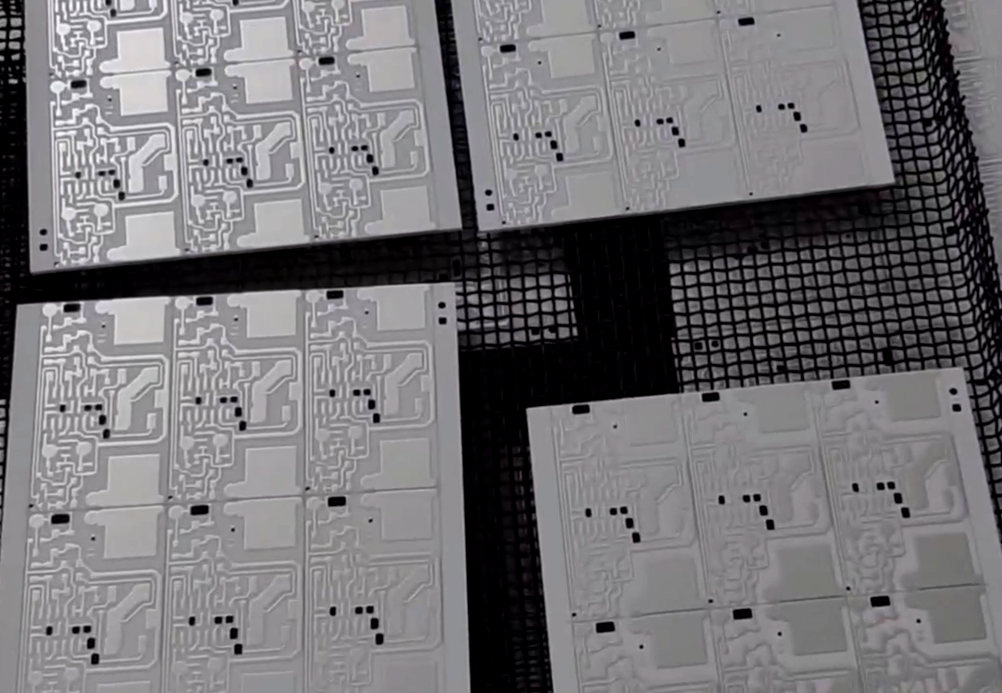
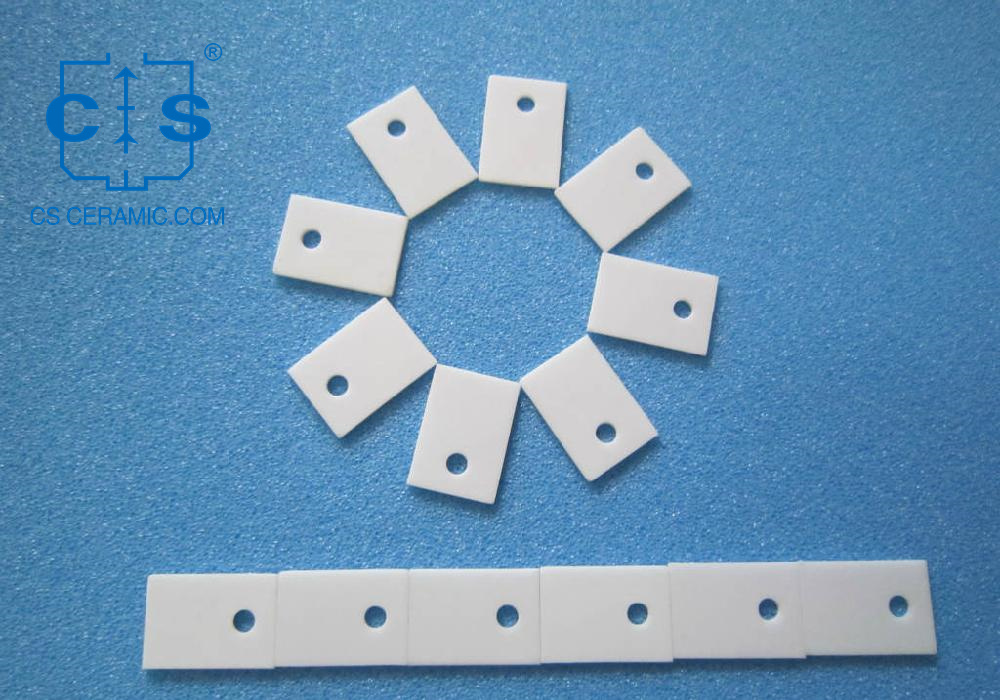
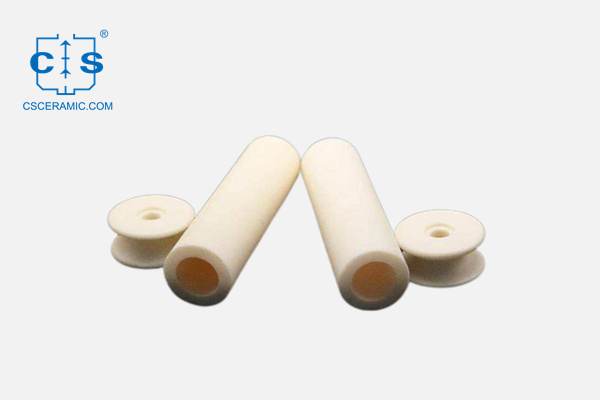
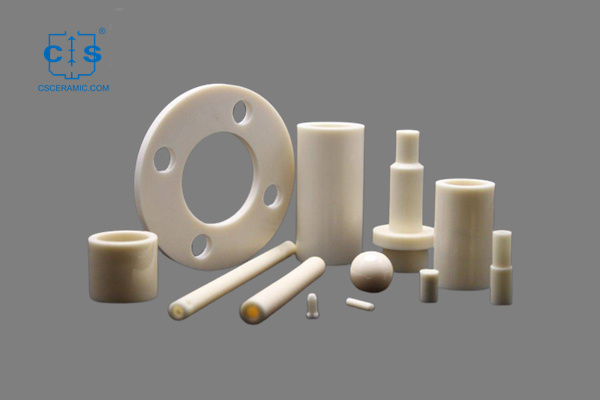







 +86 18273288522
+86 18273288522